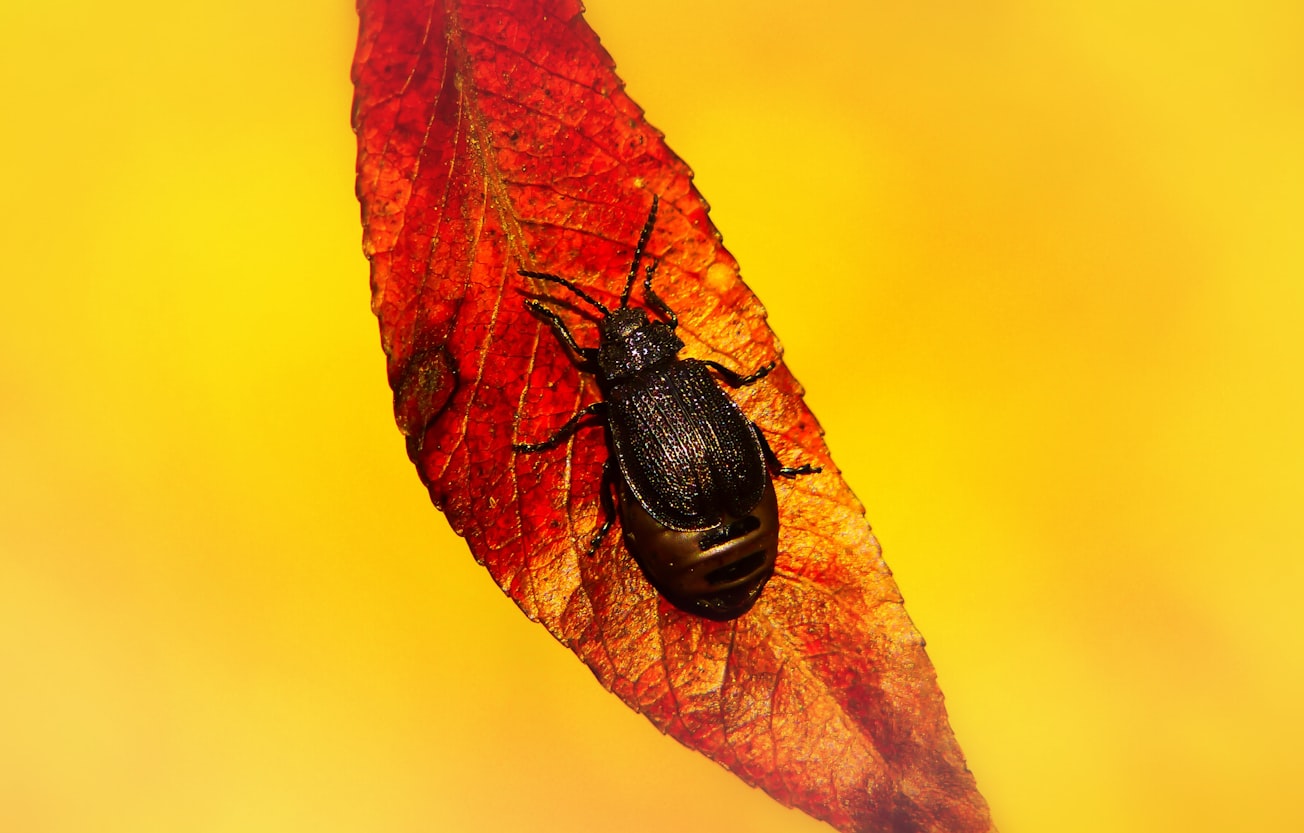What is it about?
A new species, Eogyropsylla pankowskii, is described in detail from a female specimen entombed in Baltic amber, using micro-CT scanning techniques. This specimen is dated from the Eocene (56 to 33.9 million years ago). Other described species are also scanned for morphological comparison, and their descriptions are updated to include further detail as allowed by CT scanning. These further detailed morphologies are then used in a phylogeny of the genus to determine it's placement within Psylloidea and the emergence of each species and trait. The holotype of the genus Parascenia is also re-examined and as a result of a lack of differential evidence is synonymised with Eogyropsylla.
Featured Image

Photo by Krzysztof Niewolny on Unsplash
Why is it important?
This study highlights the value of micro-CT scanning as a method of studying and describing species, particularly those of very few specimens and of small scales. The described species may also be the earliest Psylloidea found excreting honeydew. The detailed morphological description of E. pankowskii and the other members of the genus have given a new insight into how this genus emerged, as one of the earliest groups of true Psylloidea.
Perspectives
I hope you enjoy reading this article as much as we did writing it, I enjoyed collaborating across various departments and working to shed some light on the early evolution of psyllids (Psylloidea). I particularly hope you have a moment to enjoy the images in this article, both photographs and CT scans; there is something magical about seeing millions of years of evolution perfectly preserved in a small fragment of lustrous amber.
Dr Esme Ashe-Jepson
Read the Original
This page is a summary of: Phylogeny of the Eocene Aphalarinae (Hemiptera: Psylloidea) from Baltic amber, with description of a new species using X-ray micro-computed tomography scanning, and a new genus synonymy, Journal of Systematic Palaeontology, January 2019, Taylor & Francis,
DOI: 10.1080/14772019.2018.1518345.
You can read the full text:
Contributors
The following have contributed to this page







